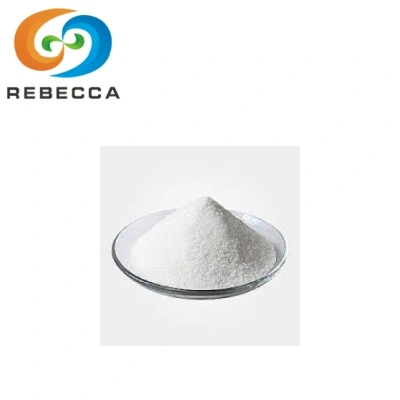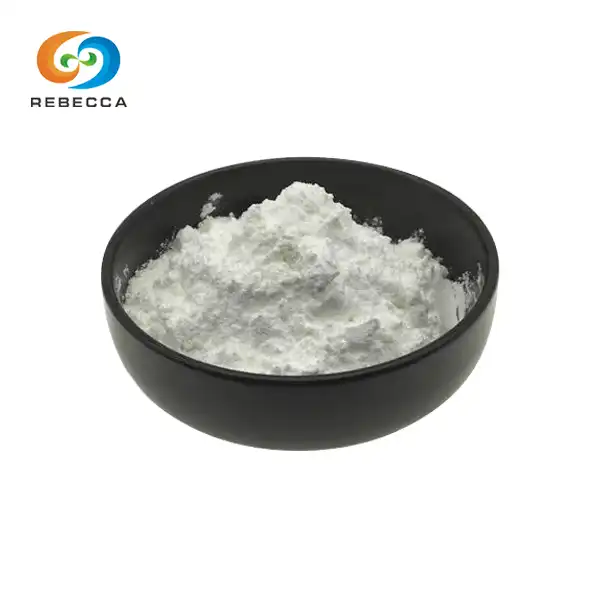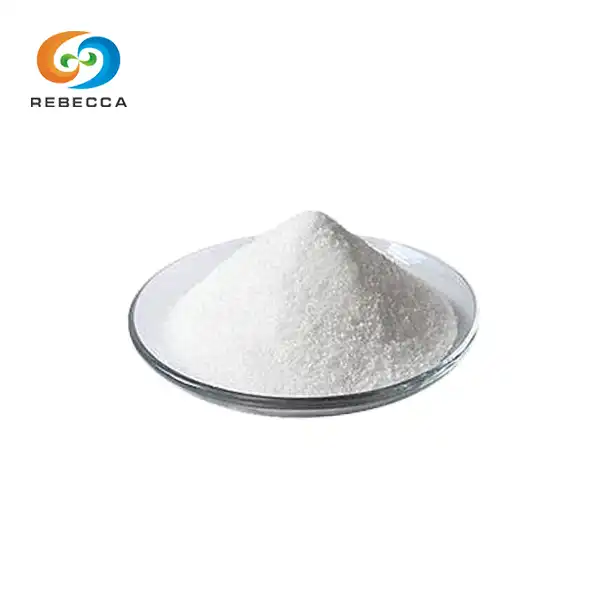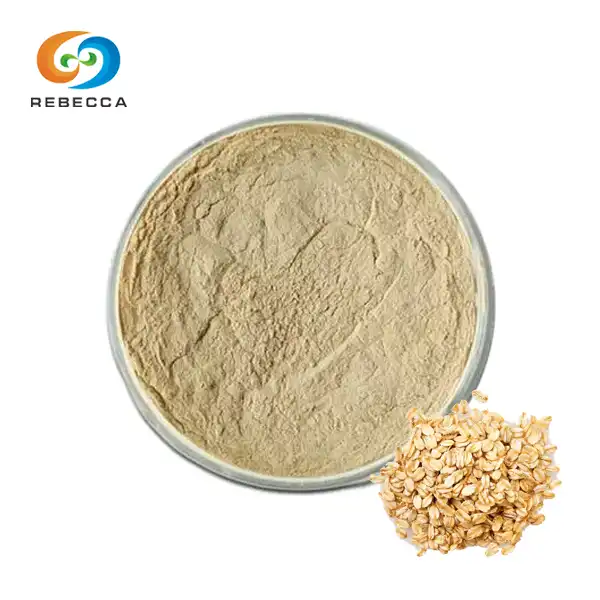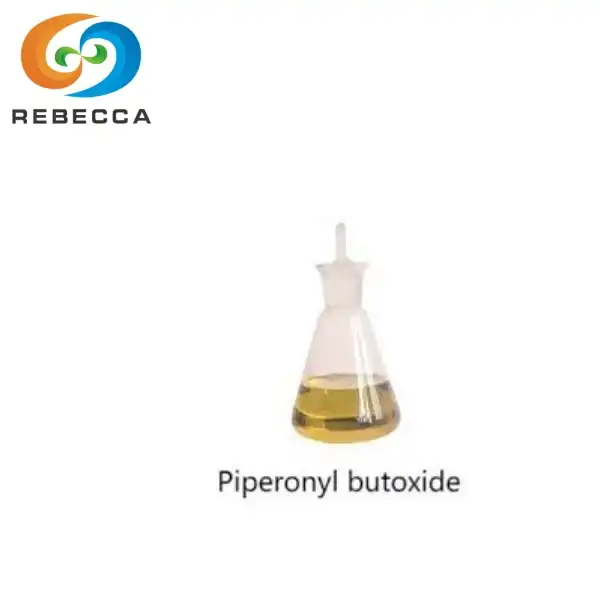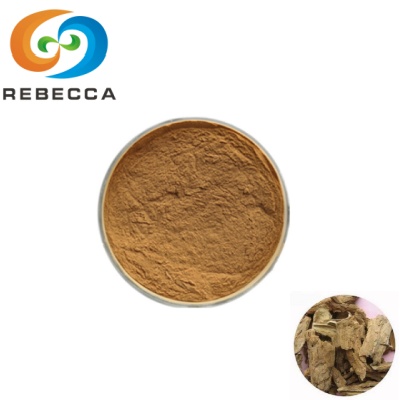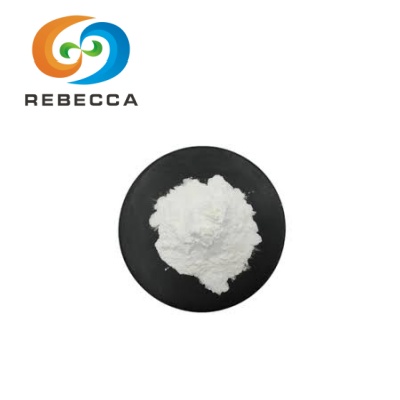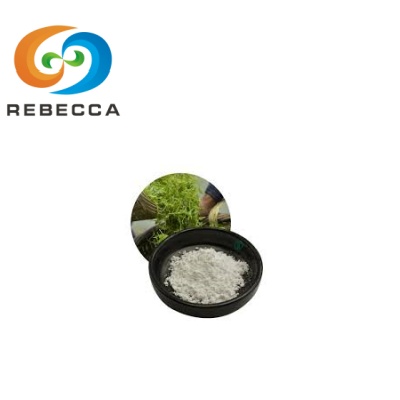What is peanut shell extract?
peanut shell extract is derived from the outer covering of peanuts (Arachis hypogaea L.), which traditionally has been discarded during peanut processing. This agricultural by-product accounts for approximately 25-30% of the total peanut mass, representing a substantial volume of biomass that has historically ended up in landfills or as low-value animal feed. The development of extraction technologies has enabled the isolation and concentration of beneficial compounds from these shells, creating new value streams from previously underutilized resources.
The growing interest stems from its rich profile of bioactive compounds, particularly luteolin, a flavonoid with documented antioxidant, anti-inflammatory, and potential therapeutic properties. As research continues to uncover the benefits of these compounds, this extract has garnered attention across pharmaceutical, nutraceutical, cosmetic, and food industries as a sustainable and functional ingredient.
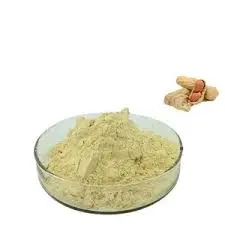
Source
Peanut shell extract originates from the agricultural by-products of peanut cultivation and processing, representing a sustainable approach to resource utilization in the global peanut industry. The journey from field to extract involves multiple stages that transform what was once considered waste into a valuable ingredient with diverse applications.
Peanuts (Arachis hypogaea L.) belong to the Fabaceae family and are cultivated worldwide in tropical and subtropical regions. Major producing countries include China, India, Nigeria, the United States, and Argentina, collectively accounting for over 70% of global peanut production. The cultivation process begins with planting in loose, well-drained soil, followed by approximately 120-160 days of growth before harvesting. The plants are then uprooted, and the peanut pods are separated from the vegetation, continuing their journey to processing facilities.
At processing facilities, the peanuts undergo several stages of handling, including cleaning, sorting, and shelling. During the shelling process, the outer covering—the peanut shell—is removed to access the edible kernels inside. These shells have traditionally been treated as waste or low-value by-products, often used as animal feed, compost, or fuel. However, the realization of their potential value has led to the development of processes to convert them into more valuable materials, including extracts rich in bioactive compounds.
The collection of peanut shells for extract production typically occurs at large-scale processing facilities where centralized shell removal enables efficient collection of this by-product. The quality of shells varies depending on cultivation practices, regional growing conditions, and peanut varieties. Factors such as soil composition, climate, and agricultural inputs can influence the chemical composition of the shells and, consequently, the resulting extract.
Before extraction, the shells undergo preprocessing steps to prepare them for efficient compound isolation. These steps typically include cleaning to remove contaminants, drying to reduce moisture content, and size reduction through grinding or milling to increase surface area for extraction. The preprocessing phase is crucial for ensuring extract quality and standardization, as it helps remove potential contaminants and creates uniform particle size for consistent extraction.
The choice of extraction method significantly influences the final composition of peanut shell extract. Parameters such as solvent type, temperature, duration, and solid-to-liquid ratio can be adjusted to optimize the extraction of specific compounds of interest, particularly luteolin and other flavonoids. Research continues to refine these processes to maximize yield while minimizing environmental impact and production costs.
Following initial extraction, the liquid extract undergoes further processing steps, including filtration to remove solid particles, concentration to increase the content of desired compounds, and potential fractionation to isolate specific components. These processes contribute to the standardization of the extract, ensuring consistent levels of bioactive compounds across different production batches.
The final stage in extract production involves drying to create a stable powder form that facilitates storage, transportation, and incorporation into various products. Spray drying and freeze drying represent common approaches that preserve the integrity of sensitive bioactive compounds while creating a versatile powder format. Additional processing may include standardization to specific bioactive content levels, particularly for luteolin, to meet industry requirements for consistency and efficacy.

Ingredients
Peanut shell extract contains a diverse array of bioactive compounds that contribute to its potential applications across various industries. The composition of this extract reveals the hidden value in what was once considered merely agricultural waste, demonstrating nature's efficiency in creating materials with multifunctional properties.
Flavonoids represent one of the most significant compound classes in peanut shell extract, with luteolin emerging as the predominant and most studied flavonoid. Luteolin (3′,4′,5,7-tetrahydroxyflavone) belongs to the flavone subclass of flavonoids and has attracted considerable attention for its potent antioxidant and anti-inflammatory properties. Research has documented luteolin's ability to neutralize free radicals, inhibit inflammatory enzymes, and modulate cellular signaling pathways involved in inflammation and oxidative stress responses. The presence of this compound at substantial levels in properly processed peanut shell extract contributes significantly to the extract's potential health benefits.
Beyond luteolin, peanut shell extract contains other flavonoids including quercetin, kaempferol, and their various glycosides. These compounds share structural similarities with luteolin but exhibit distinct biological activities and potencies. The combined effect of these flavonoids may create synergistic actions that enhance the overall bioactivity of the extract beyond what would be expected from individual compounds alone. This potential synergy highlights the value of natural extracts compared to isolated single compounds in certain applications.
Phenolic acids constitute another important compound class found. These include p-coumaric acid, ferulic acid, and caffeic acid, which contribute to the extract's antioxidant capacity through their ability to donate hydrogen atoms and stabilize free radicals. Phenolic acids also demonstrate antimicrobial properties and can influence enzyme activity, potentially contributing to the extract's diverse biological effects. The content of phenolic acids varies depending on peanut varieties and extraction conditions, creating opportunities to optimize extraction protocols for specific compound profiles.
Tannins, high-molecular-weight polyphenolic compounds, appear at varying levels depending on extraction methods. These compounds exhibit astringent properties and can interact with proteins, contributing to potential applications in food preservation and certain pharmaceutical formulations. The presence of both condensed and hydrolyzable tannins in the extract adds complexity to its phytochemical profile and expands its potential functionality across different applications.
For commercial applications, standardization of peanut shell extract typically focuses on luteolin content as the primary marker compound, with specifications commonly ranging from 95% to 99% purity for high-grade extracts. This standardization ensures consistent bioactivity and enables reliable formulation in various applications. Advanced analytical techniques including high-performance liquid chromatography (HPLC), mass spectrometry, and spectrophotometric methods are employed to verify compound identity and quantify key components, ensuring extract quality and consistency.

Structural Characteristics
The structural characteristics of peanut shell extract, particularly its primary bioactive component luteolin, play a crucial role in determining its physical properties, chemical reactivity, and biological activities. Understanding these structural features provides insight into the extract's functionality and guides its applications across various industries.
Luteolin, the predominant flavonoid in high-quality peanut shell extract, belongs to the flavone subclass of flavonoids and features the characteristic C6-C3-C6 carbon skeleton. Its chemical structure consists of two aromatic rings (A and B) connected by a heterocyclic pyran ring (C). The distinguishing structural features include hydroxyl groups at positions 5, 7, 3', and 4', which contribute significantly to its antioxidant activity and other biological properties. The presence of a double bond between C-2 and C-3 in the C ring, combined with the carbonyl group at C-4, creates a conjugated system that enhances electron delocalization, contributing to luteolin's ability to stabilize free radicals.
The spatial arrangement of luteolin's molecular structure influences its interaction with biological targets, including enzymes, receptors, and cell signaling pathways. X-ray crystallography and computational studies have revealed that luteolin can adopt different conformations depending on its environment, allowing it to interact with various biological macromolecules. The planar configuration of rings A and C, combined with the slightly twisted orientation of ring B relative to this plane, creates a three-dimensional structure that enables specific binding interactions with target proteins involved in inflammation, oxidative stress, and other physiological processes.
The hydroxyl groups in luteolin's structure serve as both hydrogen bond donors and acceptors, facilitating interactions with water molecules, proteins, and other cellular components. This characteristic contributes to luteolin's solubility profile and influences its absorption and distribution in biological systems. The pattern of hydroxylation, particularly the catechol structure (two adjacent hydroxyl groups) on the B ring, plays a significant role in luteolin's antioxidant activity by enabling electron donation and the formation of relatively stable quinone structures after radical scavenging.

Rebecca: Peanut Shell Extract Supplier
Through sustainable processing methods, the humble peanut shell yields compounds with significant bioactive properties, particularly luteolin, a flavonoid with demonstrated antioxidant and anti-inflammatory characteristics. The journey from field to extract exemplifies circular economy principles, creating value from by-products while reducing environmental impact.
We take pride in the exceptional quality of our peanut shell extract here at Rebecca Bio-Tech. Each batch undergoes rigorous testing to ensure it meets our strict purity, potency, and consistency standards. With Luteolin content of 98% - 99% by HPLC, and meticulously controlled specifications including its yellow crystalline powder appearance and mesh size, we are confident that our product will exceed your expectations. For manufacturers in the health, food, and pharmaceutical sectors who value uncompromising quality, reach out to us today. Let us demonstrate how our products can be a reliable component in your formulations.
For more information or to place an order, please reach out to us at information@sxrebecca.com. Our technical team is available to discuss your specific requirements and provide customized solutions to integrate this versatile ingredient into your innovative formulations.
References
Adhikari, B., Dhungana, S. K., Ali, M. W., Adhikari, A., Kim, I. D., & Shin, D. H. (2019). Antioxidant activities, polyphenol, flavonoid, and amino acid contents in peanut shell. Journal of the Saudi Society of Agricultural Sciences, 18(4), 437-442.
Dong, X., Li, X., Yuan, J., Liu, C., Liu, C., & Wang, J. (2020). Extraction optimization and identification of flavonoids from peanut shell and their antioxidant and antiproliferative activities. Scientific Reports, 10(1), 1-12.
Gao, Y., Yao, Y., Zhu, Y., & Ren, G. (2016). Isoflavone content and composition in chickpea (Cicer arietinum L.) sprouts germinated under different conditions. Journal of Agricultural and Food Chemistry, 64(12), 2400-2406.
Huang, M., Lin, J., & Lu, K. (2021). Comprehensive review of the pharmacological properties of luteolin. Frontiers in Pharmacology, 12, 707541.
Lopes, R. M., Agostini-Costa, T. D. S., Gimenes, M. A., & Silveira, D. (2011). Chemical composition and biological activities of Arachis species. Journal of Agricultural and Food Chemistry, 59(9), 4321-4330.
